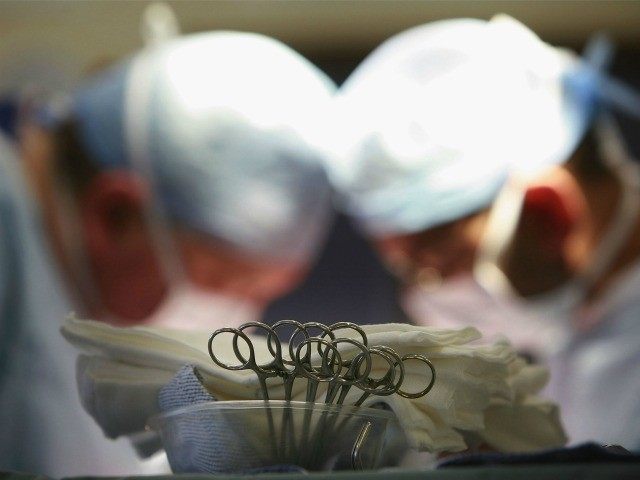Some National Health Service (NHS) hospitals are running on a “Soviet-style model,” devoting twice the amount of space to accommodating bureaucracy than they do to patients, a government report has found. The report’s author, Lord Carter of Coles has advised that selling off surplus land and streamlining the service would save £5 billion a year.
The figure amounts to some ten percent of the total current spend by acute hospitals, and could be achieved merely by rolling out the best practice shown by leading hospitals across the rest of the service, Lord Carter has said.
“The worst hospitals are running Soviet-style models with an attitude of ‘you are lucky to have it, now wait in a queue,’” he told The Telegraph.
The Labour Peer was asked to review the productivity and performance of the NHS by health secretary Jeremy Hunt last year, and has today published his full report. In it, he advises that “slack attitudes” in the health service have allowed office space to expand while wards have been left mothballed.
In the case of the worst examples, some 69 per cent of available space has been turned over to “non-clinical” purposes; some of which has simply been left empty, others given over to administration purposes. That meant that wards, operating theatres, clinics and waiting rooms were having to be squeezed in to the remaining 31 percent.
On average, 43 per cent of available space is currently being used for non-clinical purposes. The problem is so severe that Lord Carter has estimated a whopping £1 billion could be raised simply by selling off disused buildings and reorganising others to make better use of them.
“When you’ve got a slack attitude you can end up with administrators using large areas which were supposed to be clinical space, and wards shuttered up,” he said.
“It is in the interest of every citizen for us to run the NHS as efficiently as we can – every £1bn saved stops taxes going up. We’ve got to squeeze everything out of it that we can.”
“Why should a hospital have 68 acres of land which could be used for houses, for businesses, contributing jobs to the local economy?” he added.
The report also highlighted massive variations in costs for identical procedures and items across the service, suggesting that massive savings could be made if the poorest performing services adopt the practices of the best.
As an example the report highlights the range of incidence of developing deep wound infections following knee and hip replacement operations – the best hospitals have just a 0.5 percent rate of infection, whereas poorly performing trusts have a rate closer to 4 percent. Lord Carter recommends a target of 1 percent which would not only mean a better outcome for patients, but also a cost in terms of follow up treatment.
The Royal College of Nursing has warned that the government’s drive to cut the spiraling cost of the NHS could endanger patient safety. “The focus on efficiencies must not be at the expense of safe care. In the past efficiency drives have eclipsed the focus on safe staffing levels and patient care. In the future the two must go hand in hand,” said Janet Davies, the RCN’s chief executive.
“All the evidence shows that it is the number of registered nurses which has the biggest impact on patient care in acute settings and any new metric to measure staff deployment must not be used by trusts to hide a diluted skill mix,” she added.
However Lord Carter has rejected this criticism, writing in his report: “My experience of the best of the NHS and other health care systems internationally shows that the provision of high quality clinical care and good resource management go hand-in-hand. All trusts should therefore grasp the use of their resources more effectively, the most important of which is their people.”

COMMENTS
Please let us know if you're having issues with commenting.